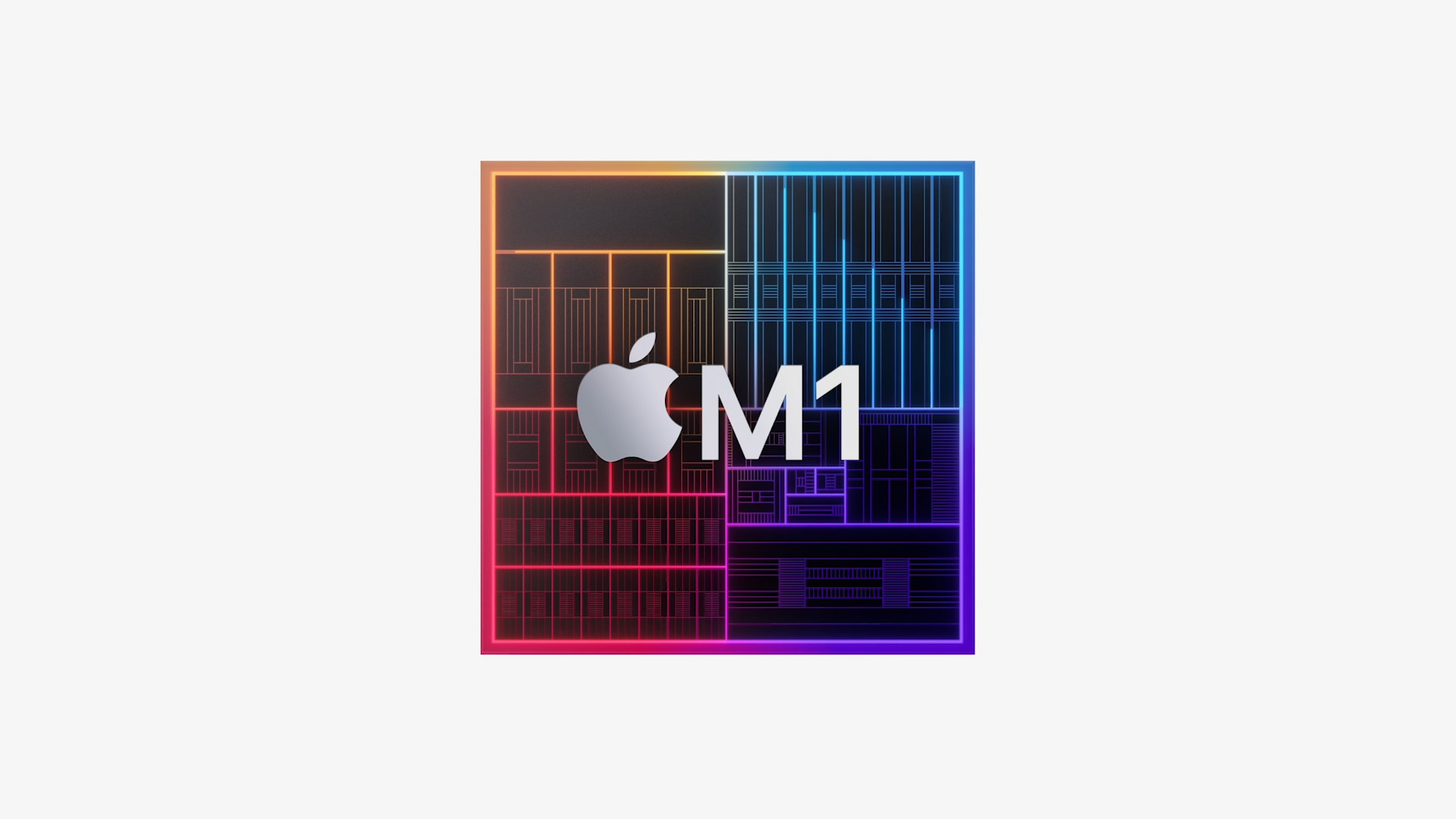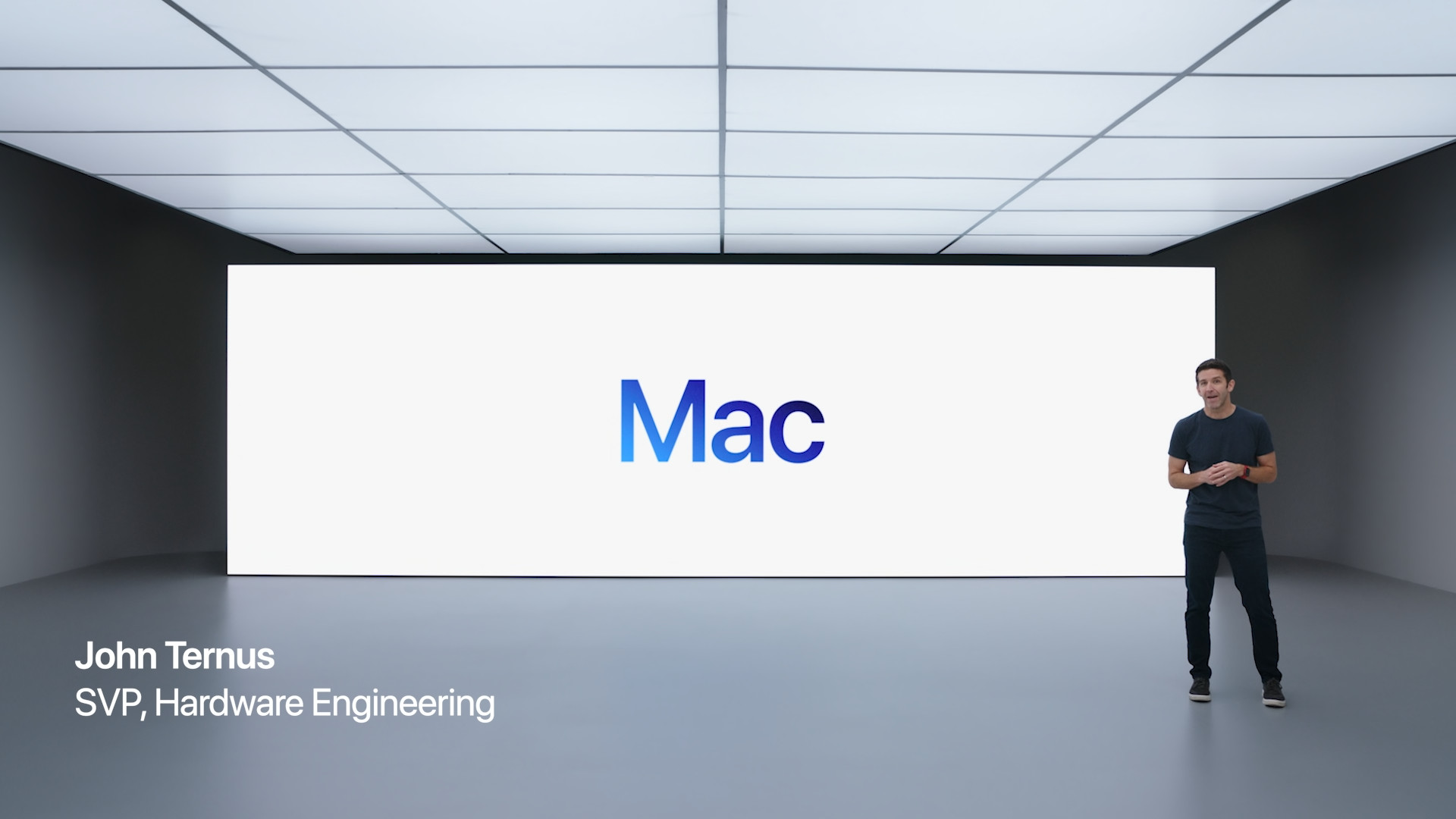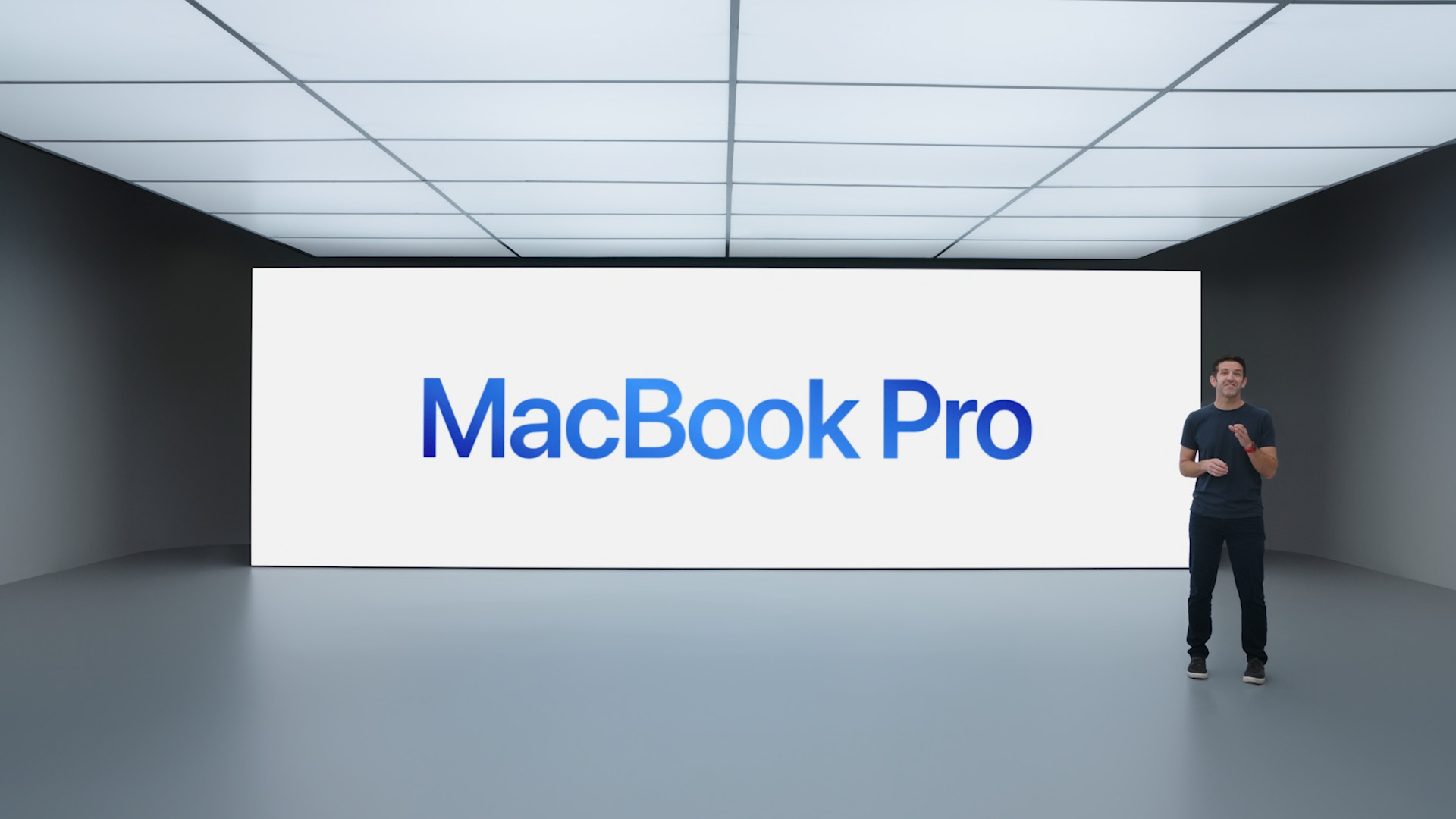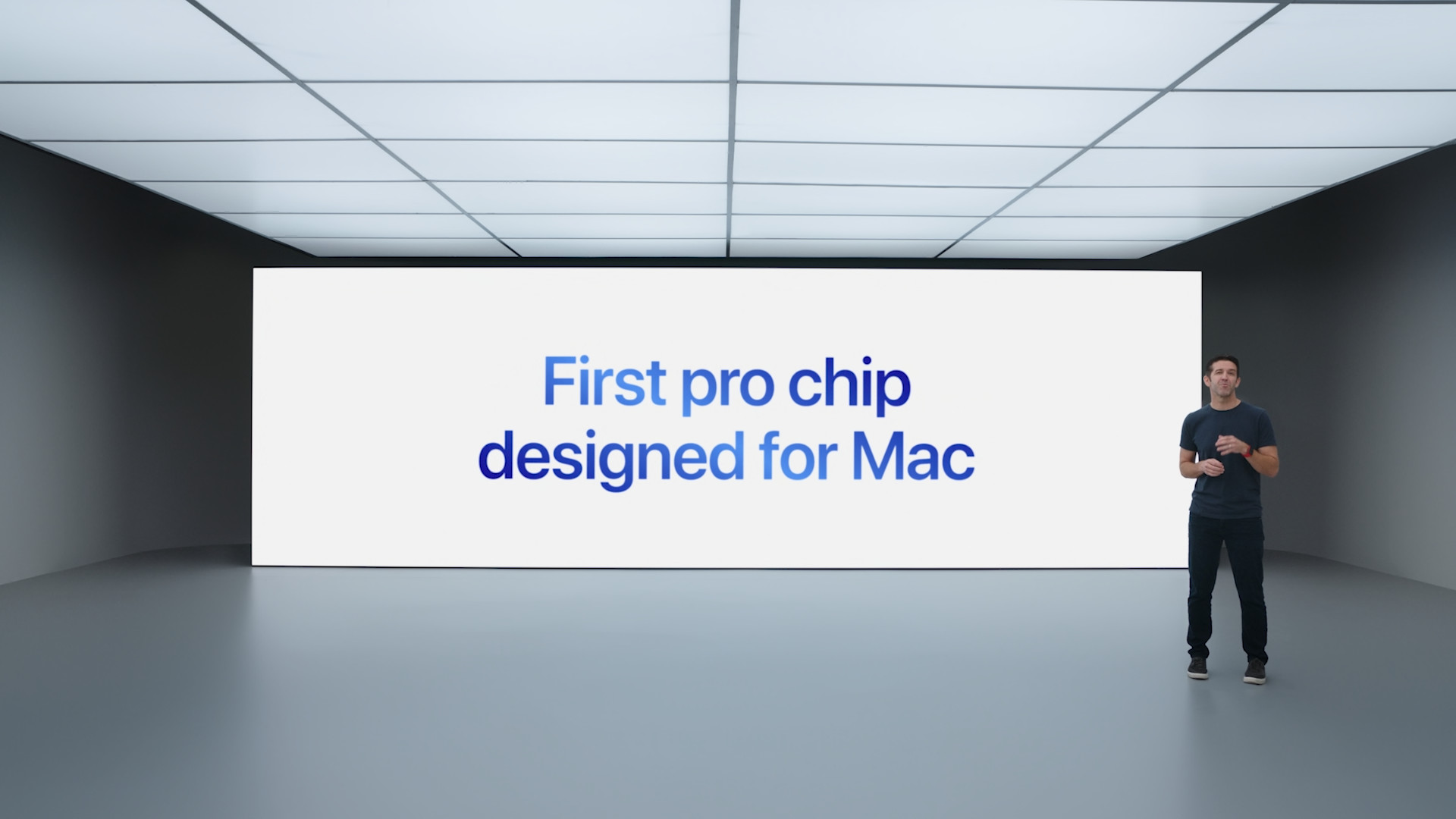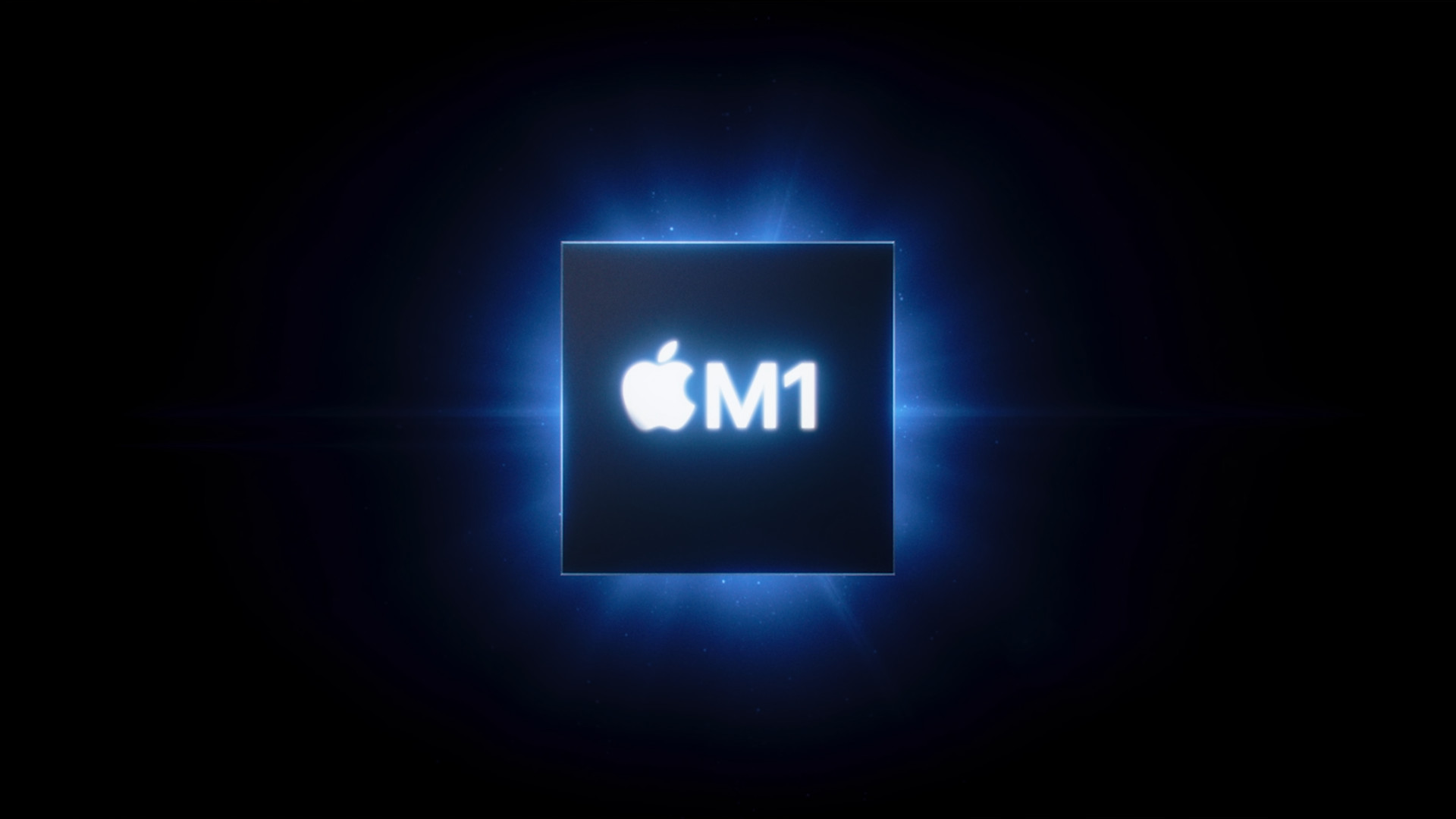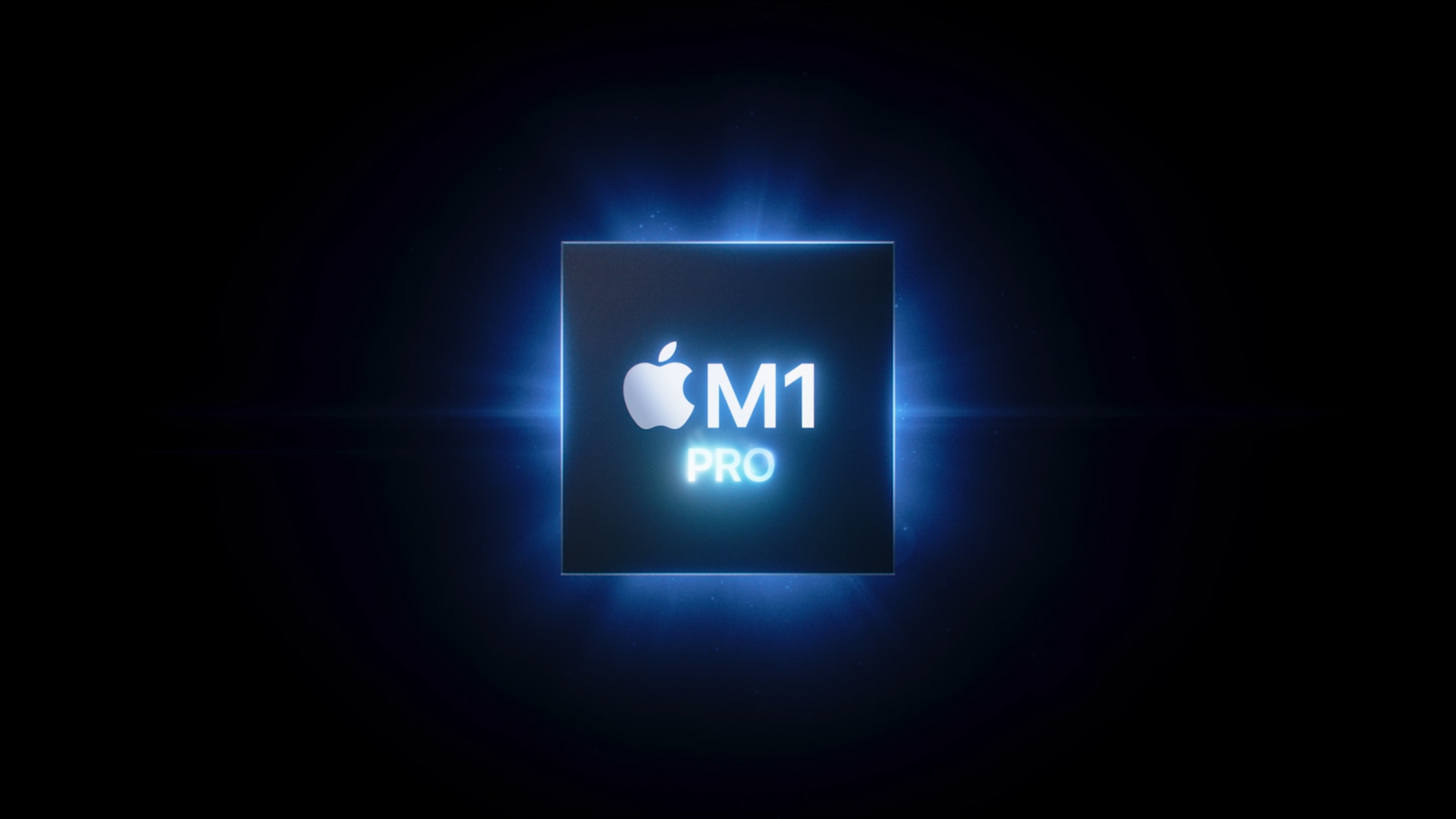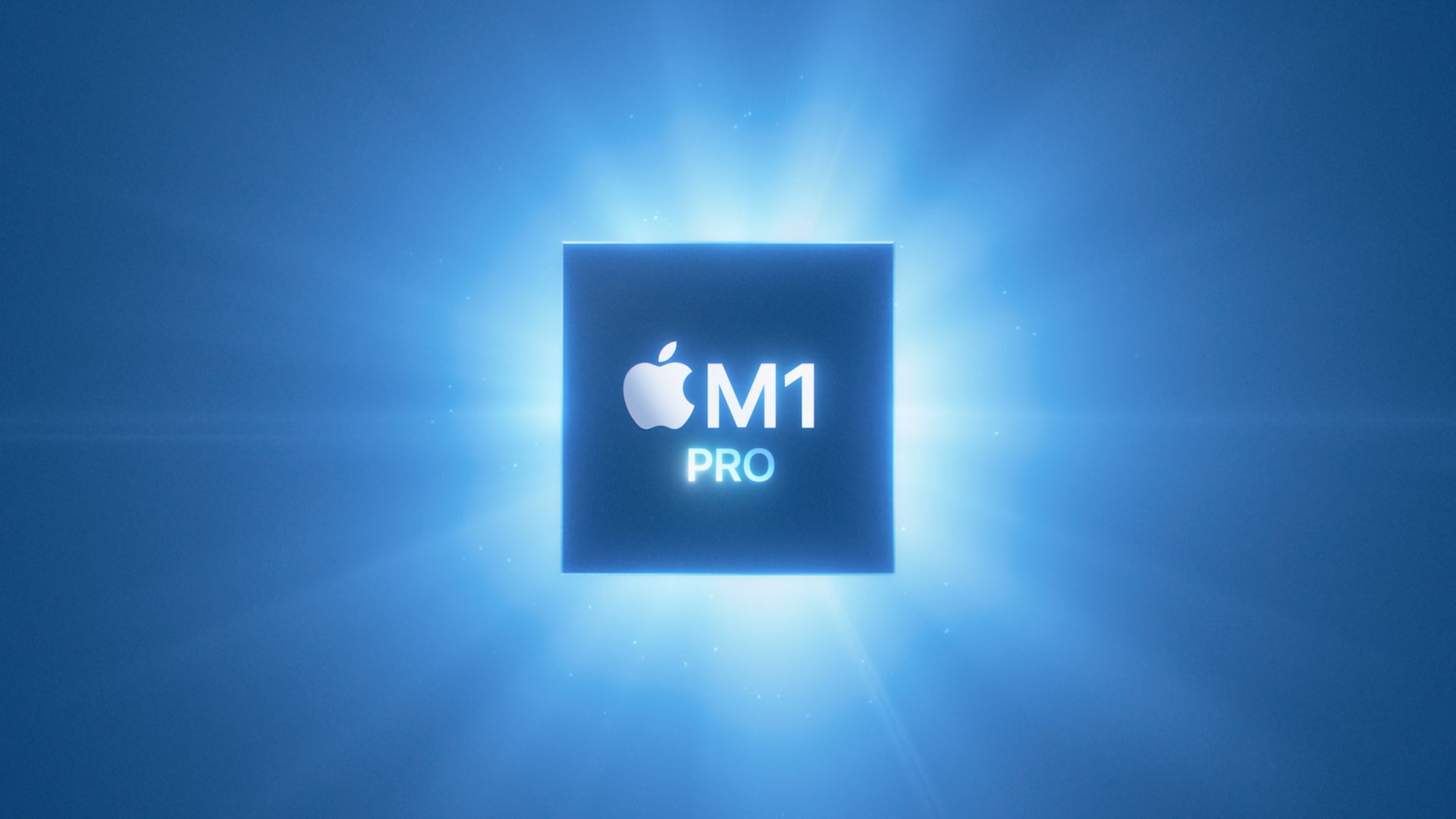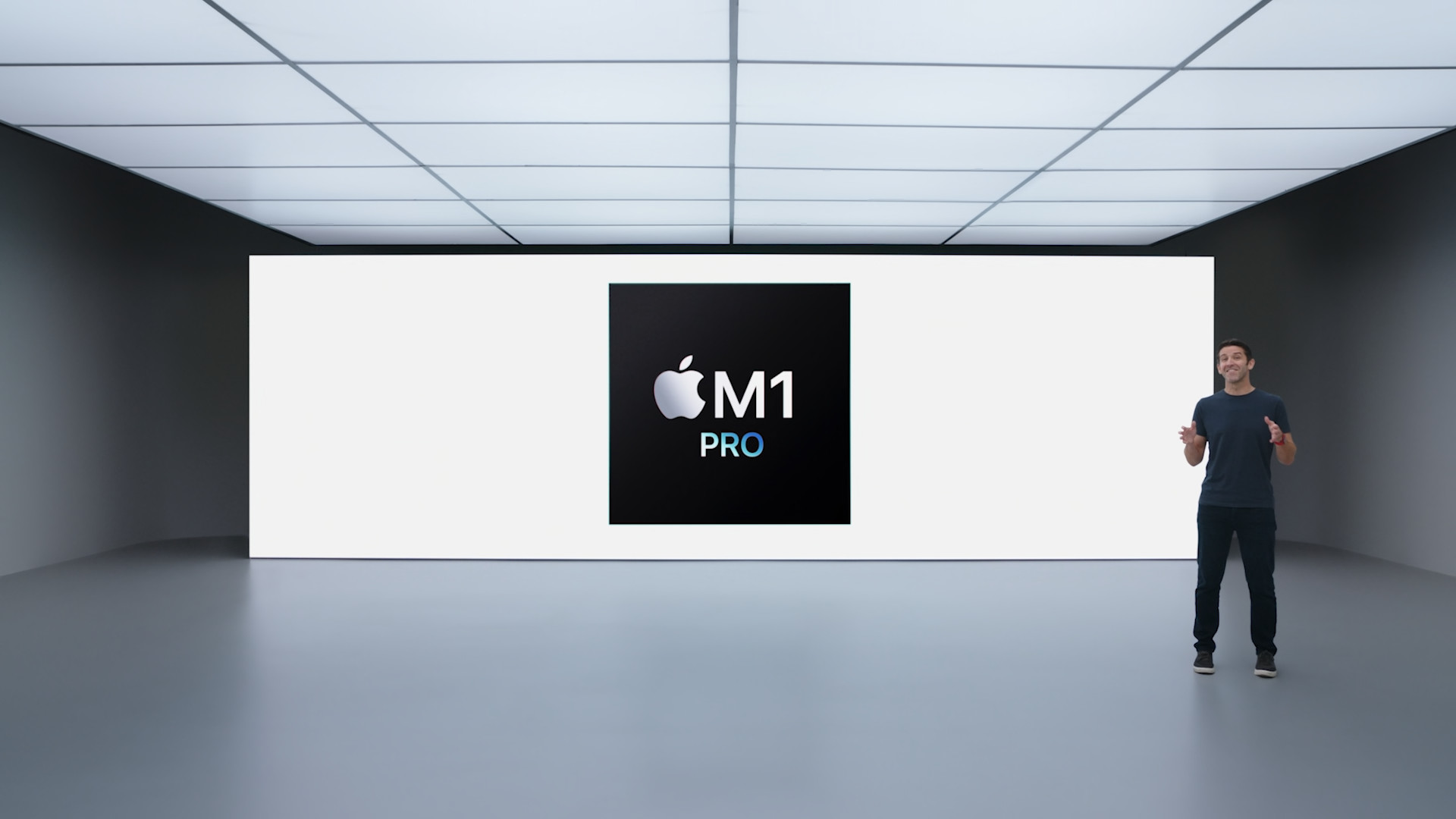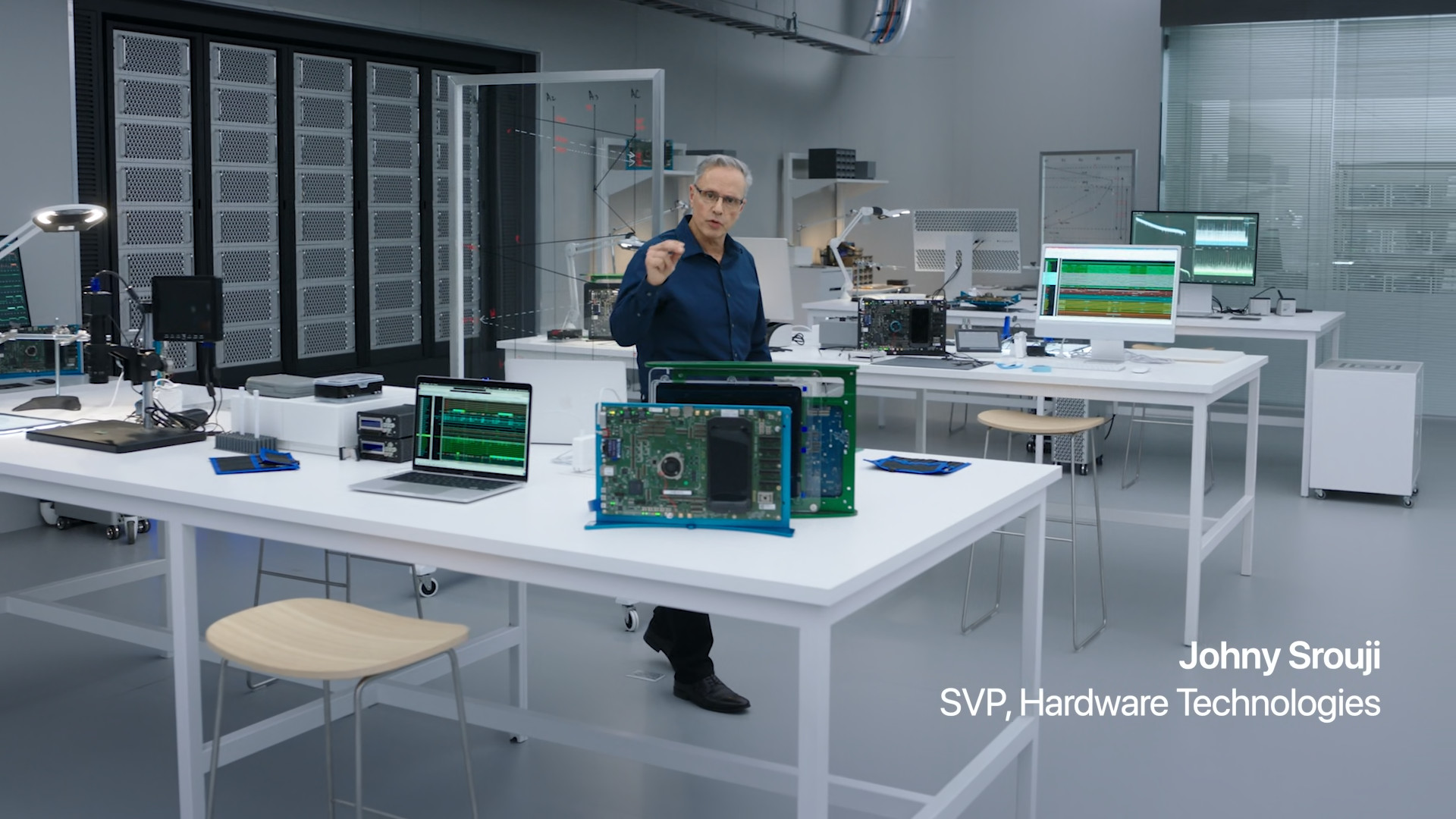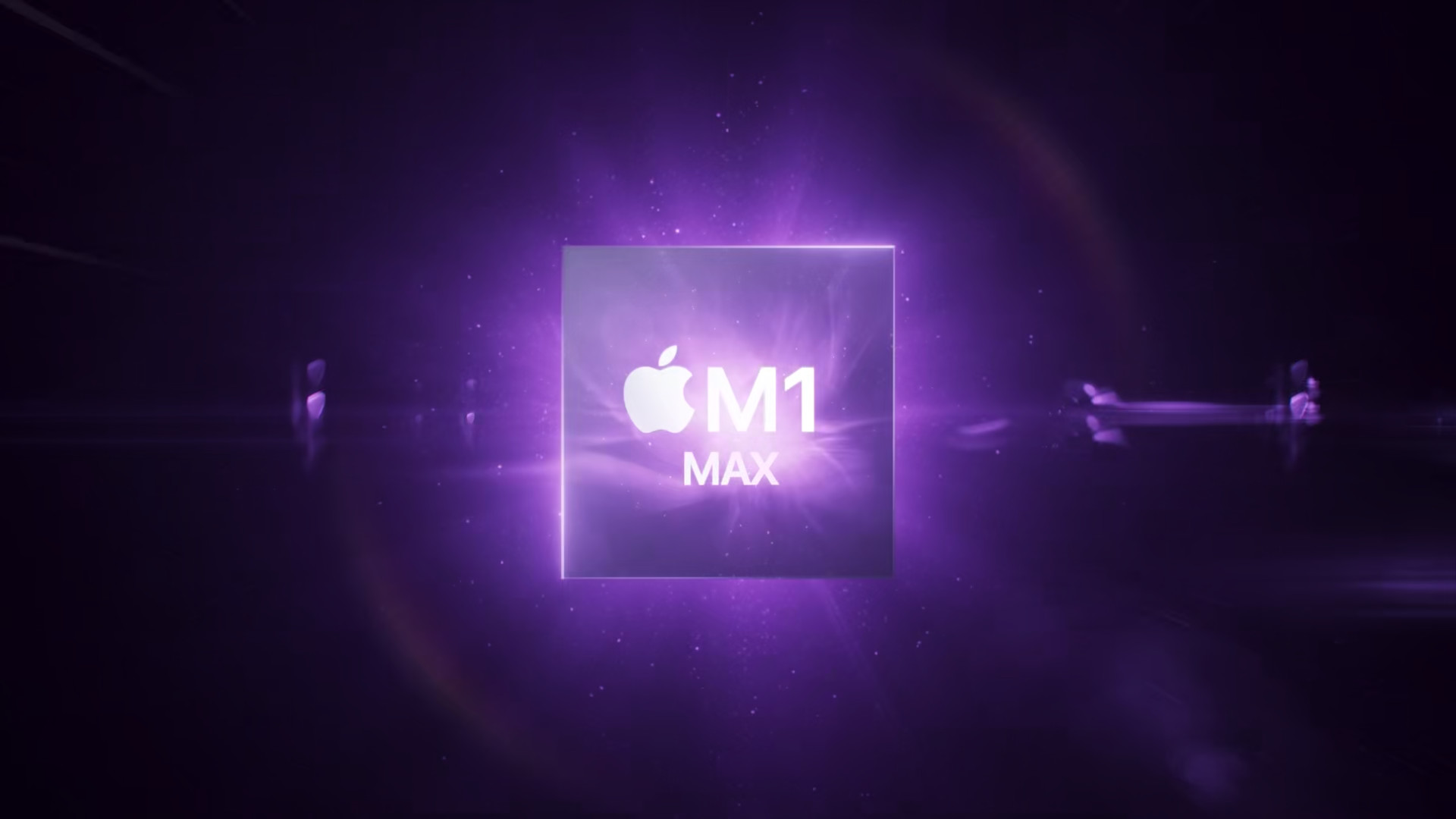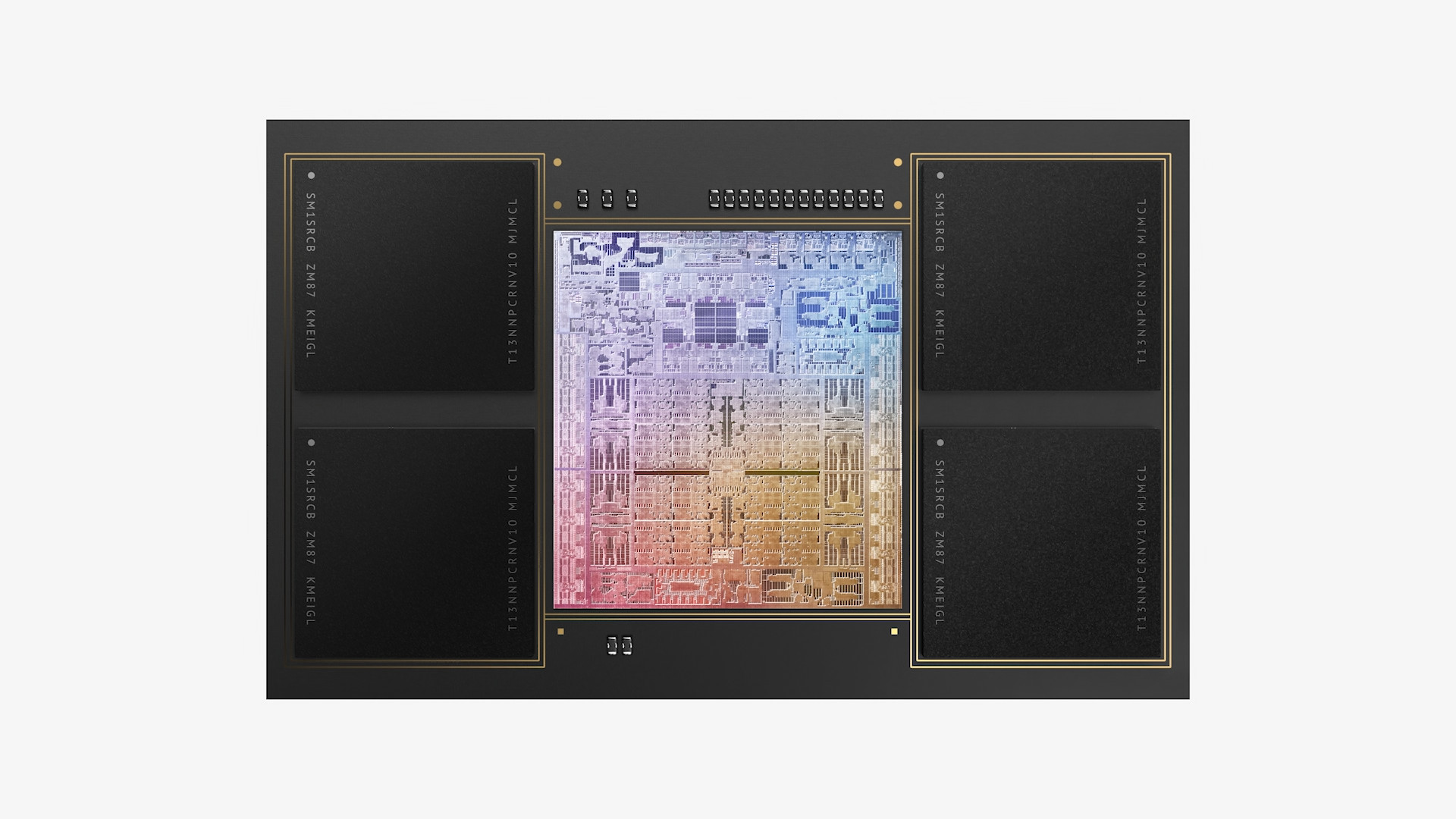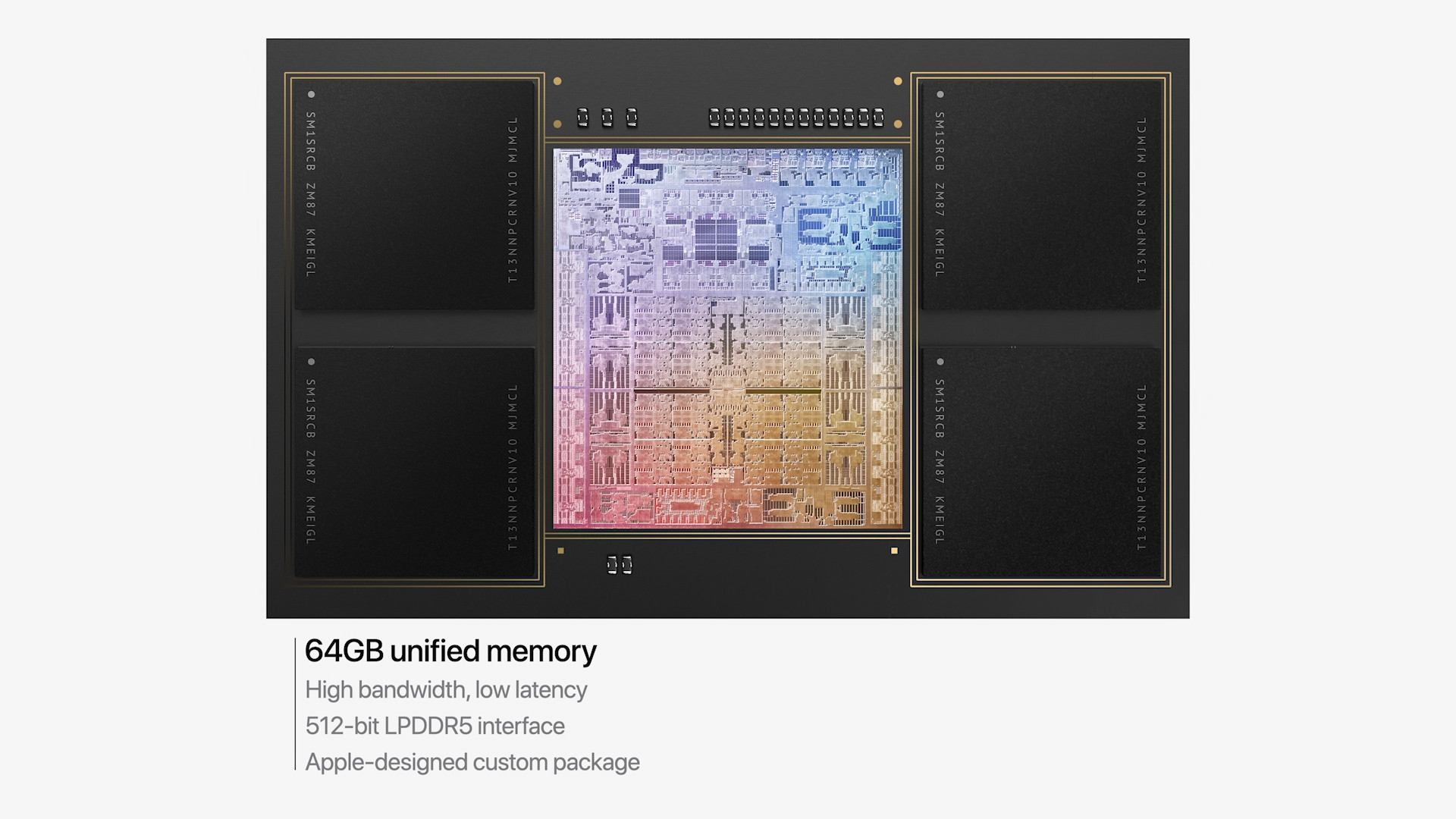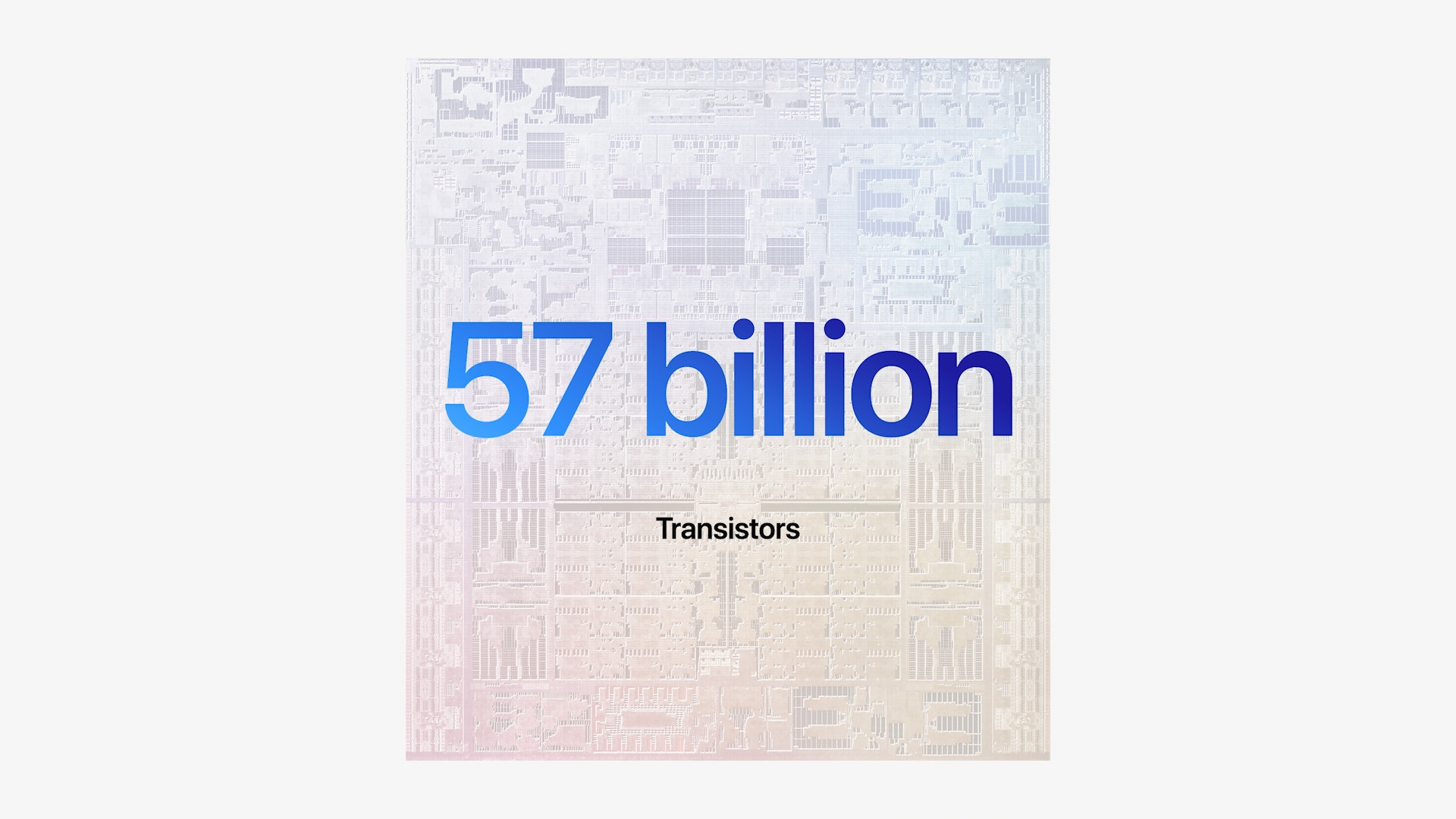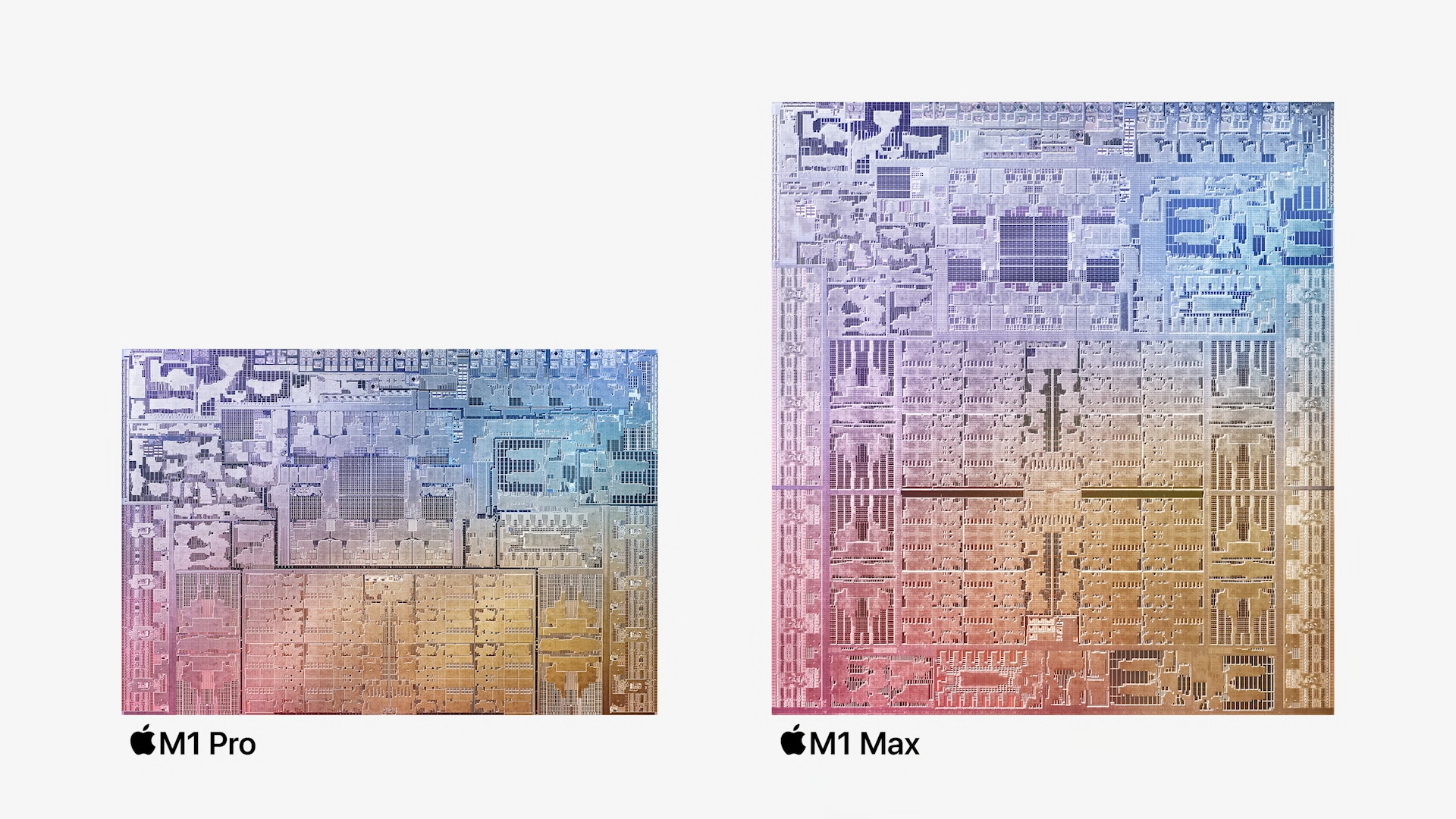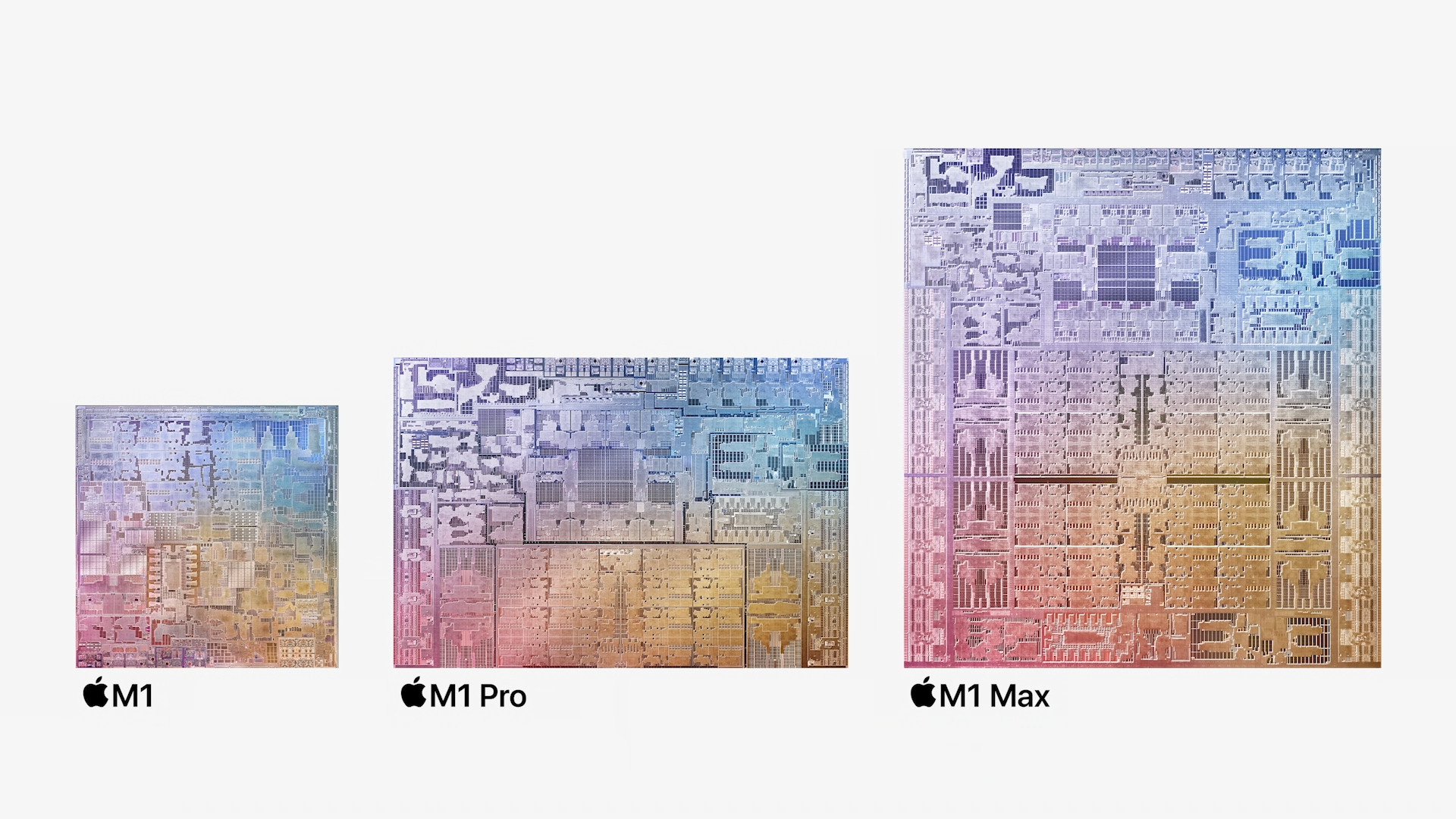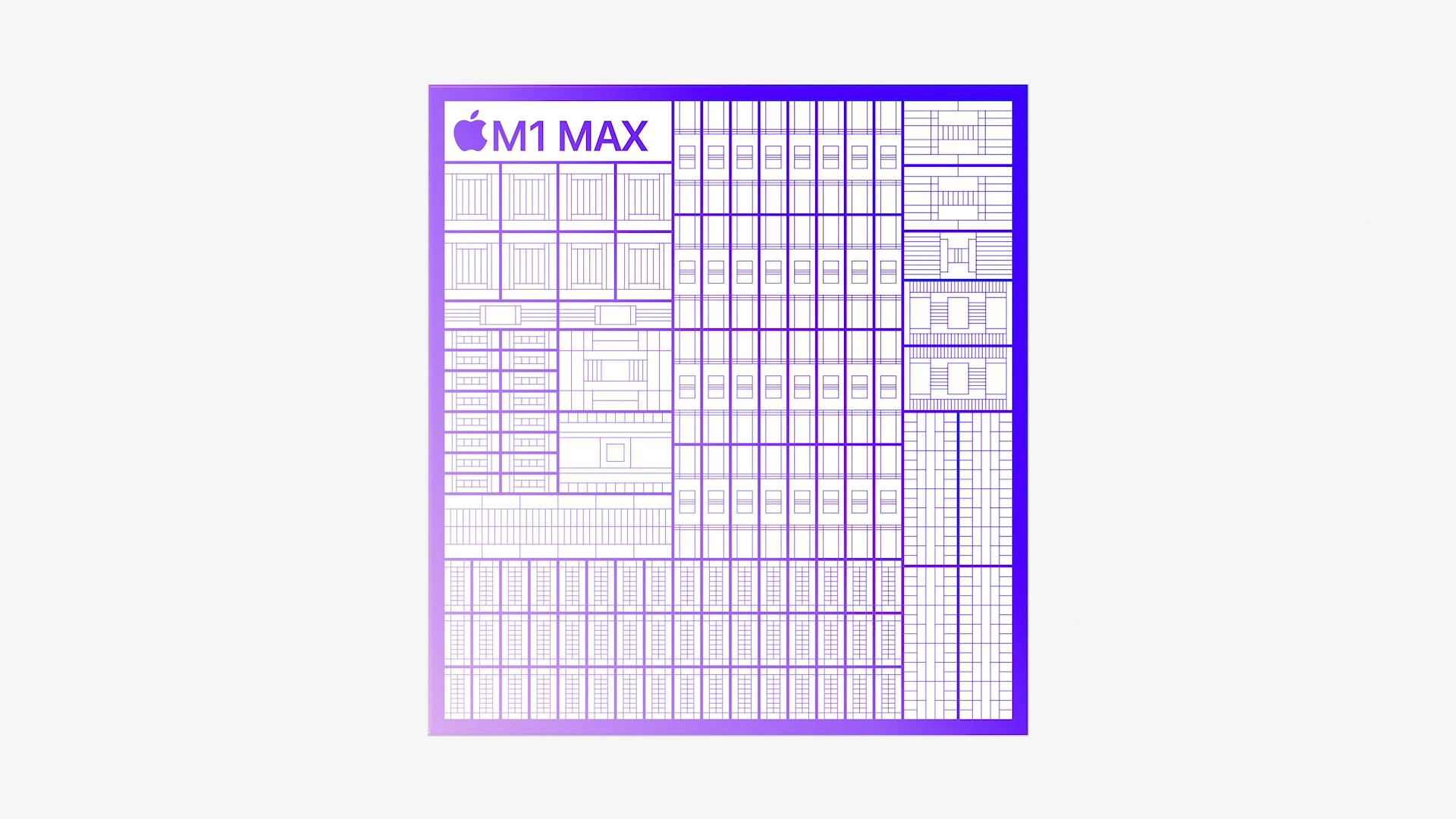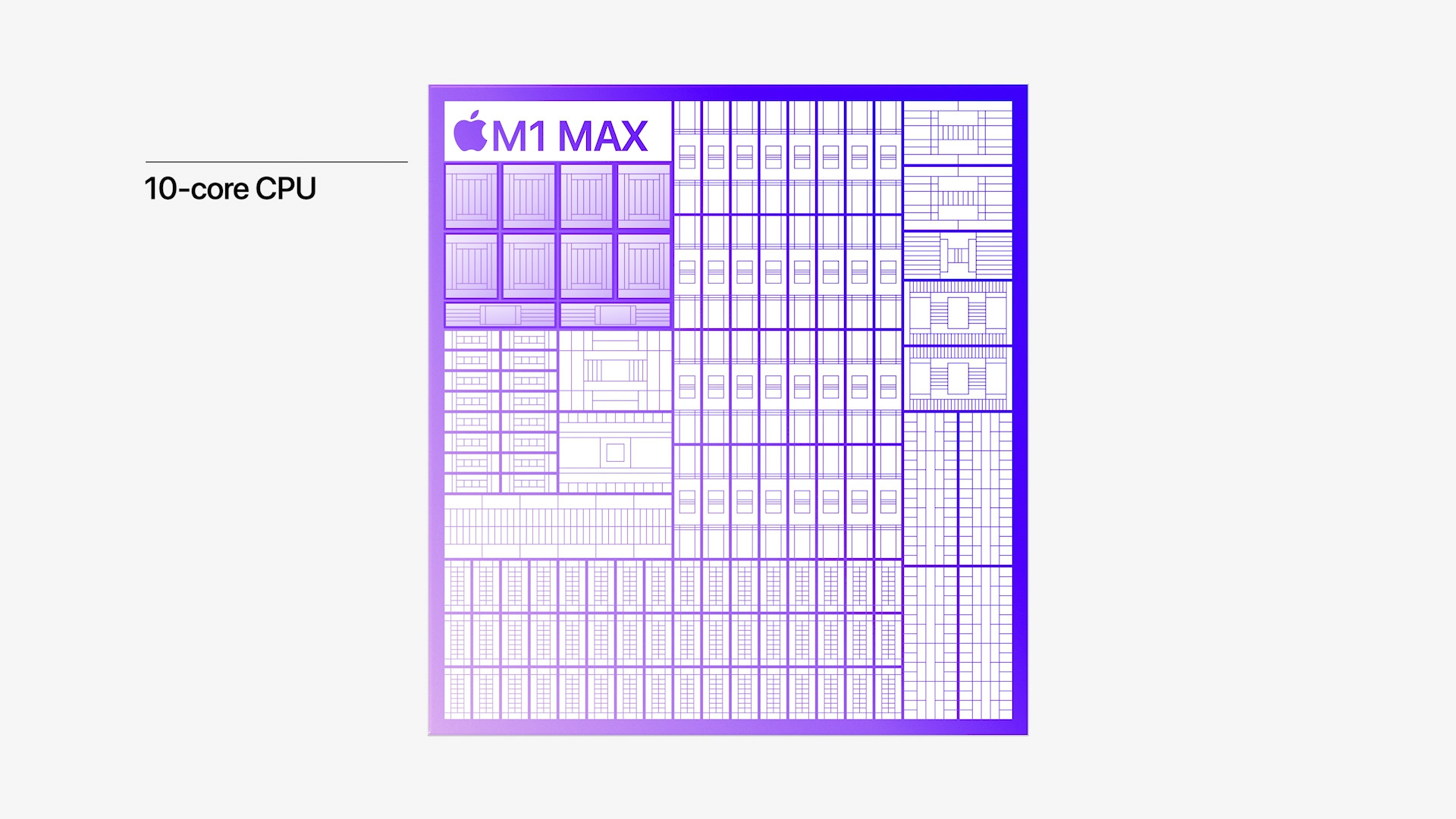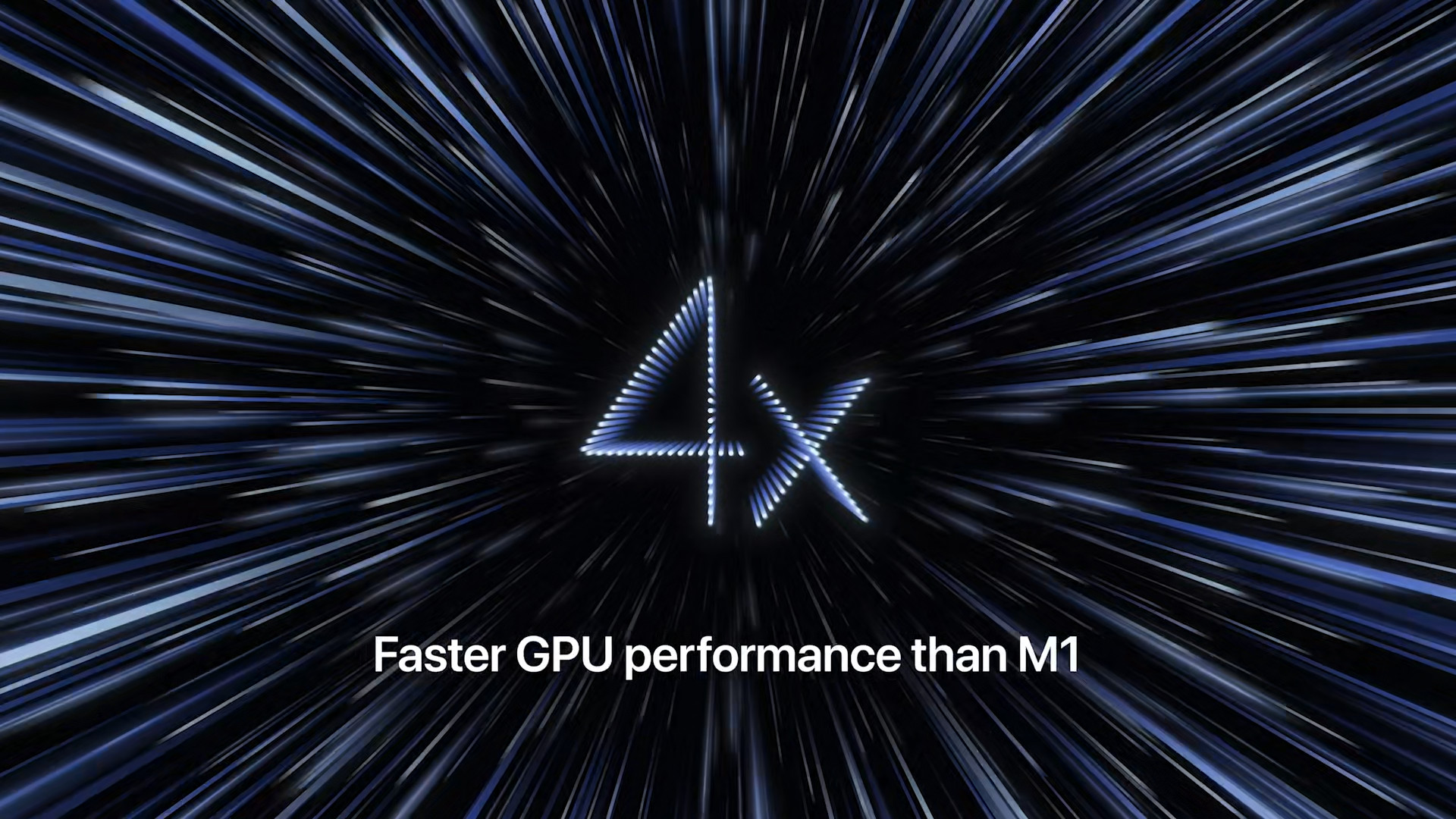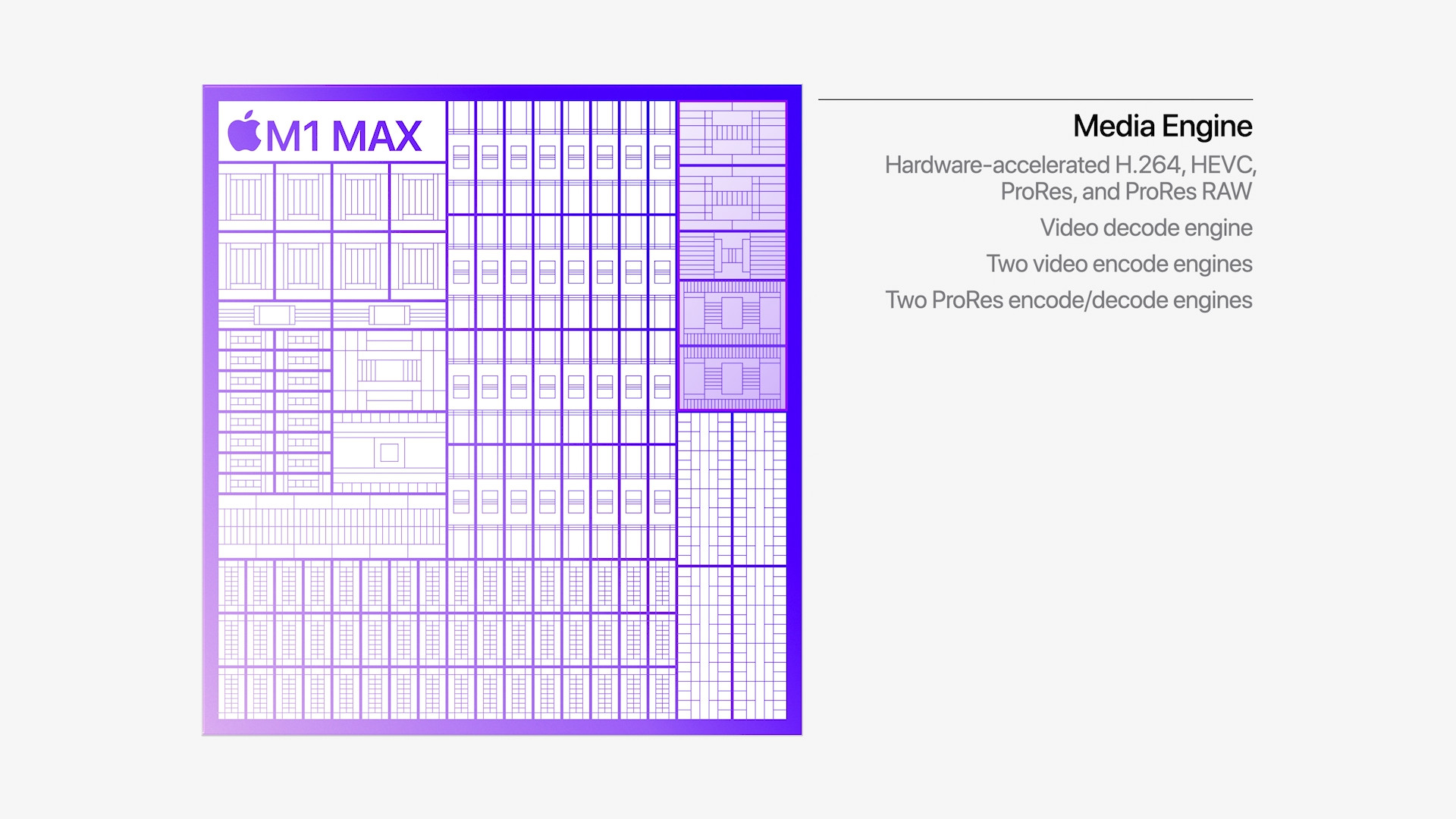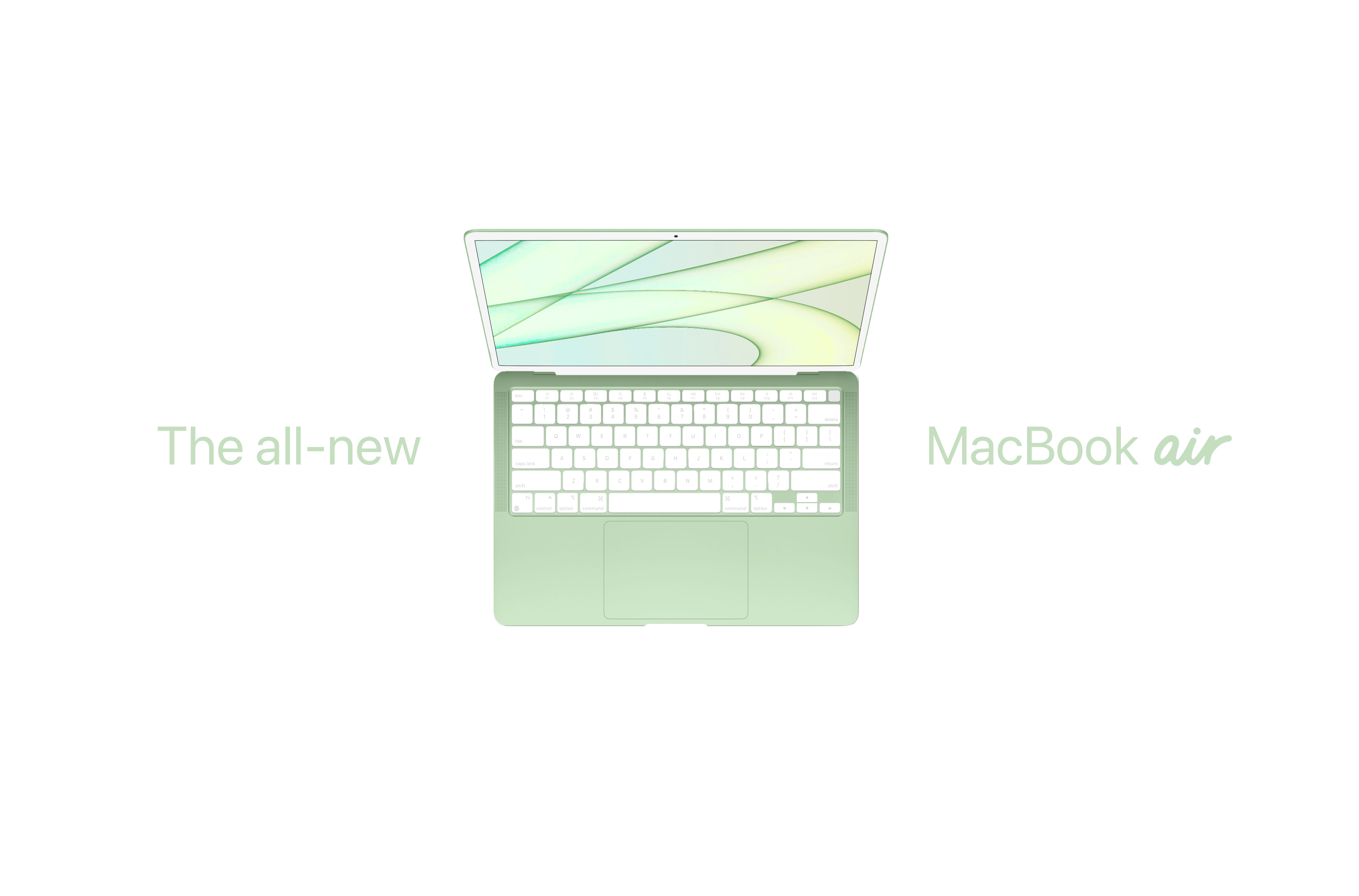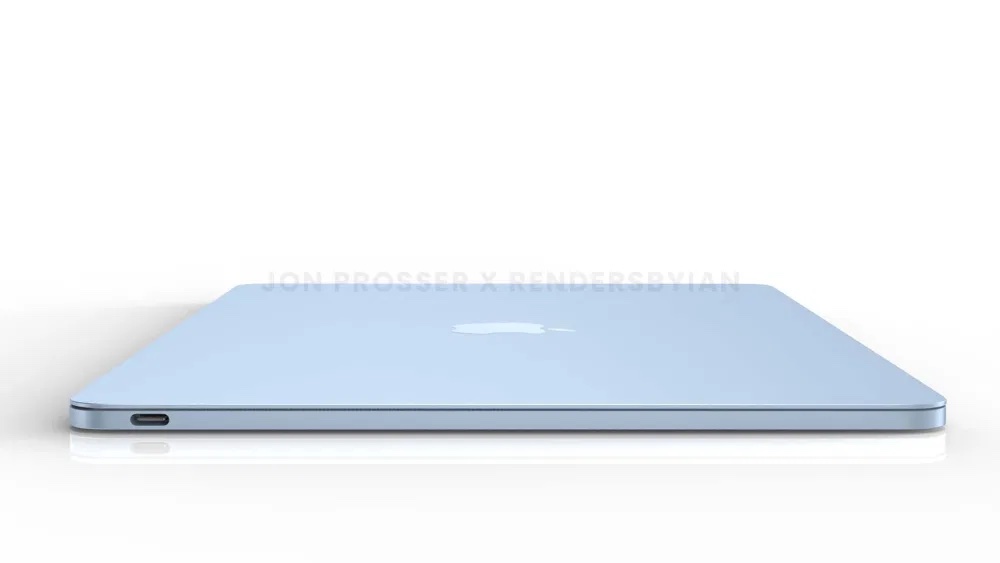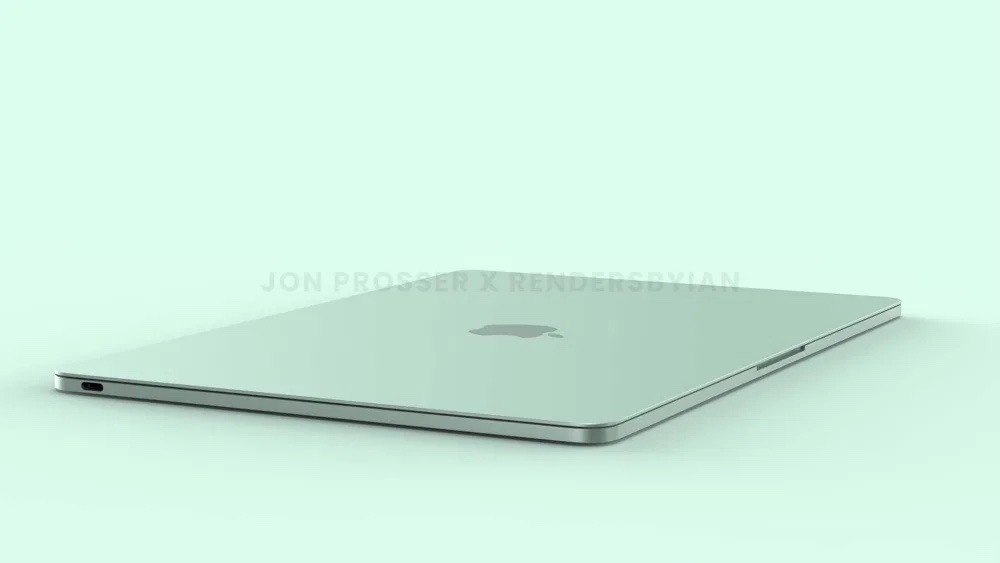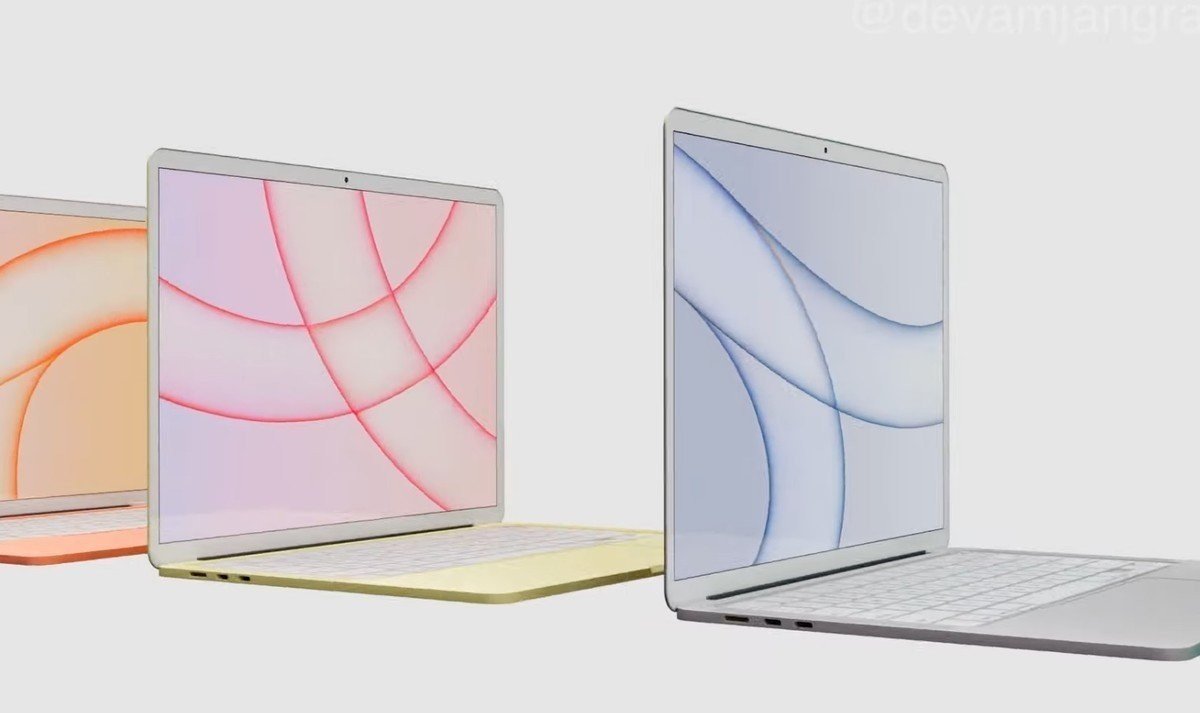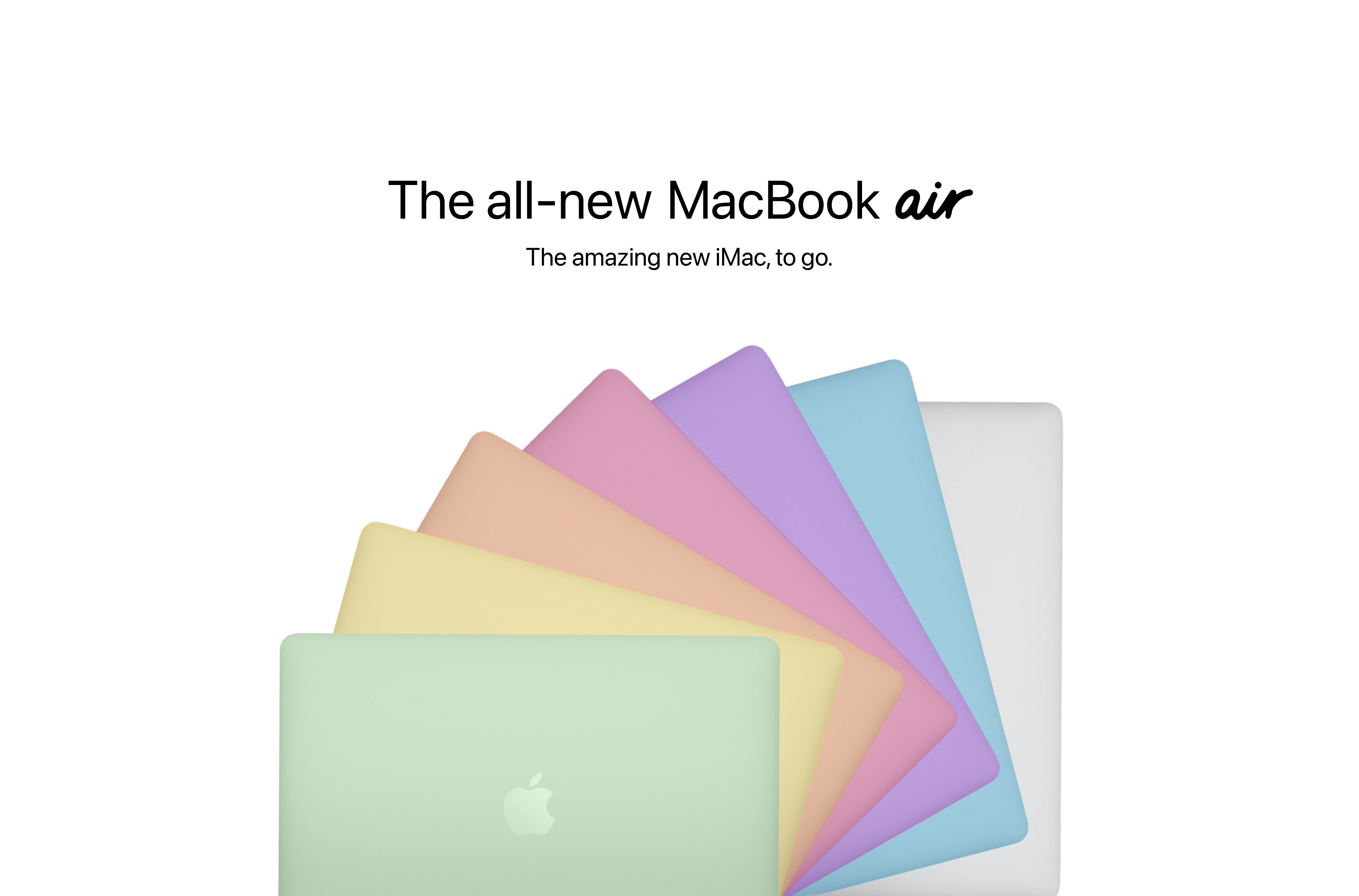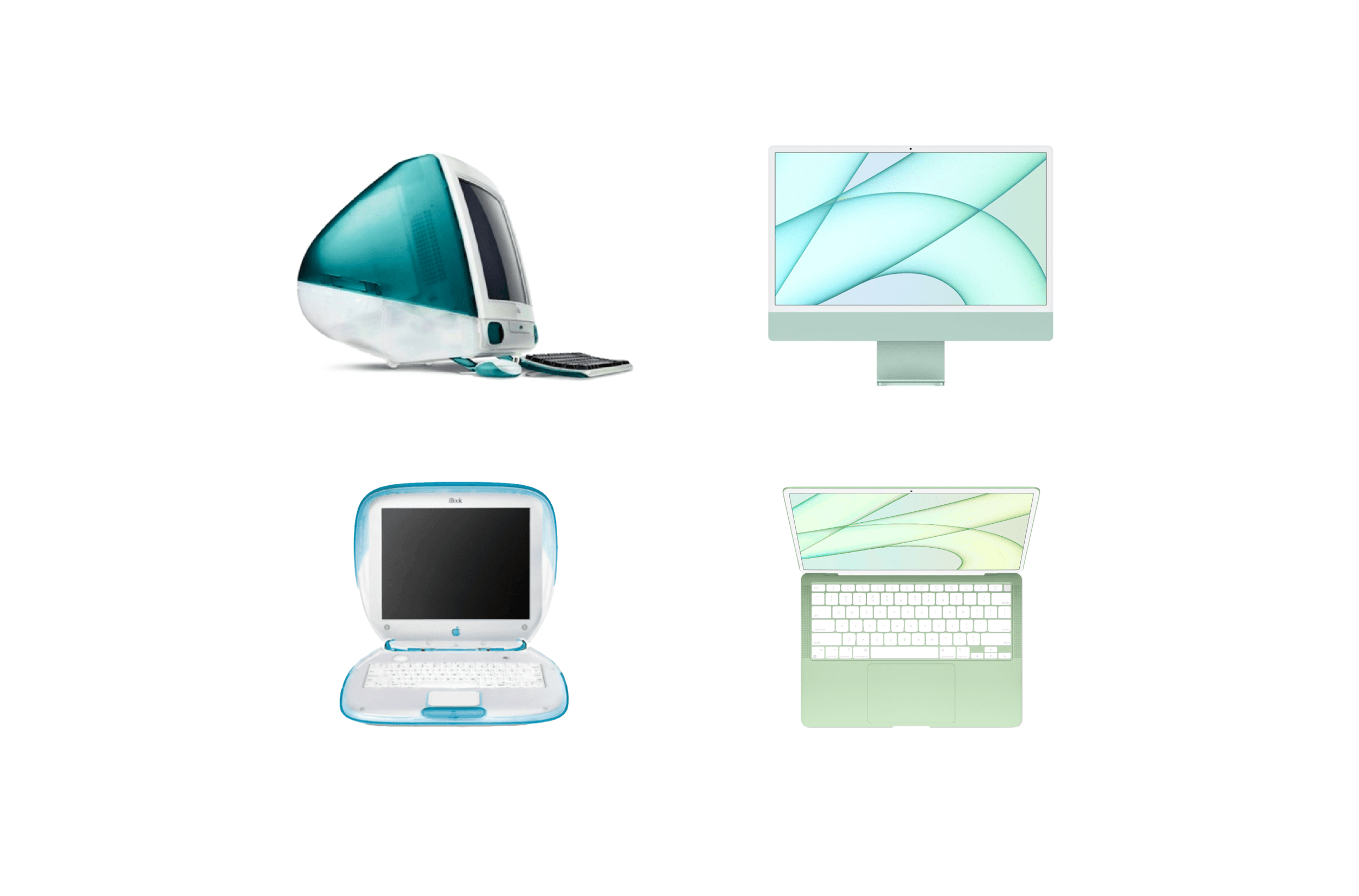This fall, it will be two years since Apple introduced the first generation Apple Silicon chip in its Mac computers. It was named M1 and it is more than likely that we will see its successor within the year. The autumn novelties with which the new MacBook Pros are equipped do not replace it, but supplement it. So here's everything we know about the M2 chip so far.
The Apple M1 is a so-called system on a chip, which is denoted by the abbreviation SoC. It is based on the ARM architecture and designed by Apple as the central processing unit, or CPU, and graphics processor, or GPU, primarily intended for its computers. However, now we can see it in the iPad Pro as well. The new chip marks the company's third change in the instruction set architecture used in computers, 14 years after Apple switched from PowerPC to Intel. This happened in November 2020, when the company introduced the 13" MacBook Pro, MacBook Air and Mac mini with the M1 chip.
It could be interest you
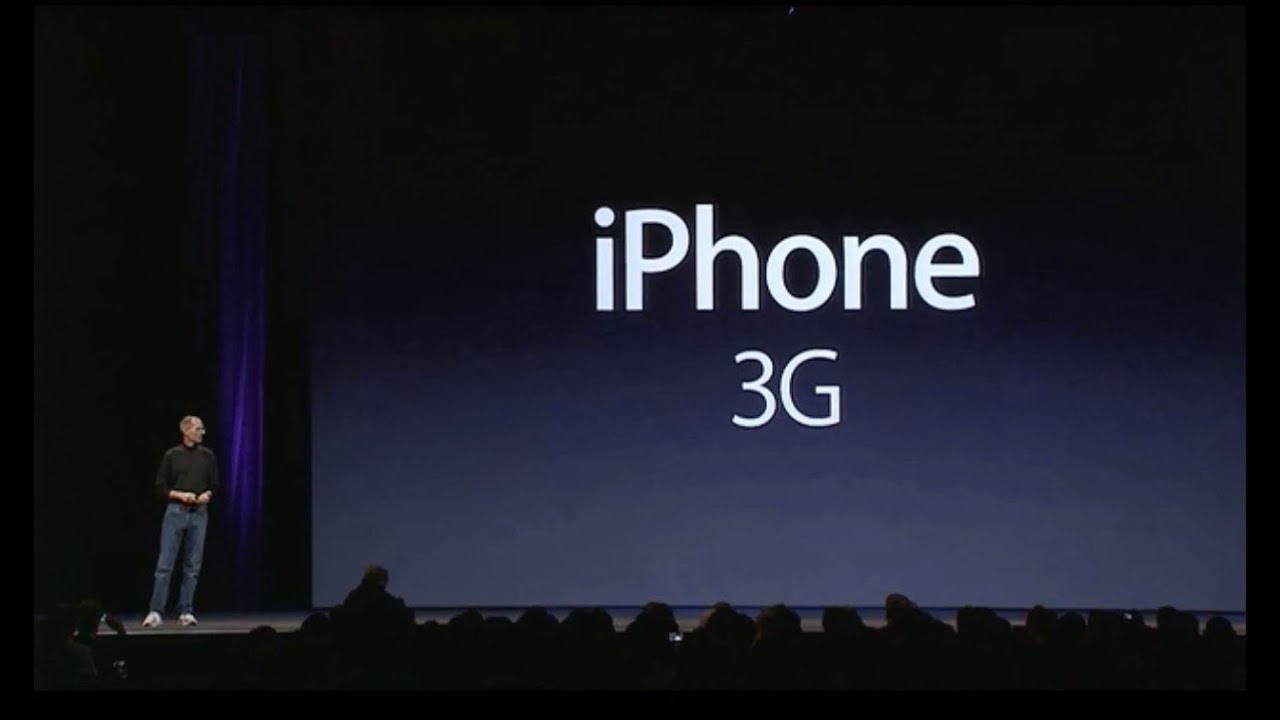
Performance
In the spring, we saw a 24" iMac with the same chip, and in the fall, a duo of MacBook Pros arrived with 14-inch and 16-inch display sizes. However, these brought significant improvements, when the M1 chip was given the nickname Pro and Max. It is therefore very likely that this year Apple will come up with the second generation of its basic chip, which should bear the designation M2.
The M1 Pro has up to 10 CPU cores and up to 16 GPU cores, while the M1 Max has a 10-core CPU and up to 32 GPU cores. Even if the M2 then replaces the M1 chip, it will not be as powerful as the two mentioned innovations available in MacBook Pro. So far, the M2 is expected to have the same 8-core CPU as the M1, but with increased speed and efficiency. Instead of a 7- or 8-core GPU, 9- and 10-core GPUs could come. The range of chips should again be aimed at consumers rather than professionals, and as such will focus more on energy efficiency. Therefore, the endurance of MacBooks could also be increased.
The M1 can be supplemented with a maximum of 16 GB of RAM, while the M1 Pro supports up to 32 GB and the M1 Max up to 64 GB. But it is rather unlikely that the M2 will support up to 32 GB of RAM, which may be unnecessary for a "basic" Mac.
It could be interest you
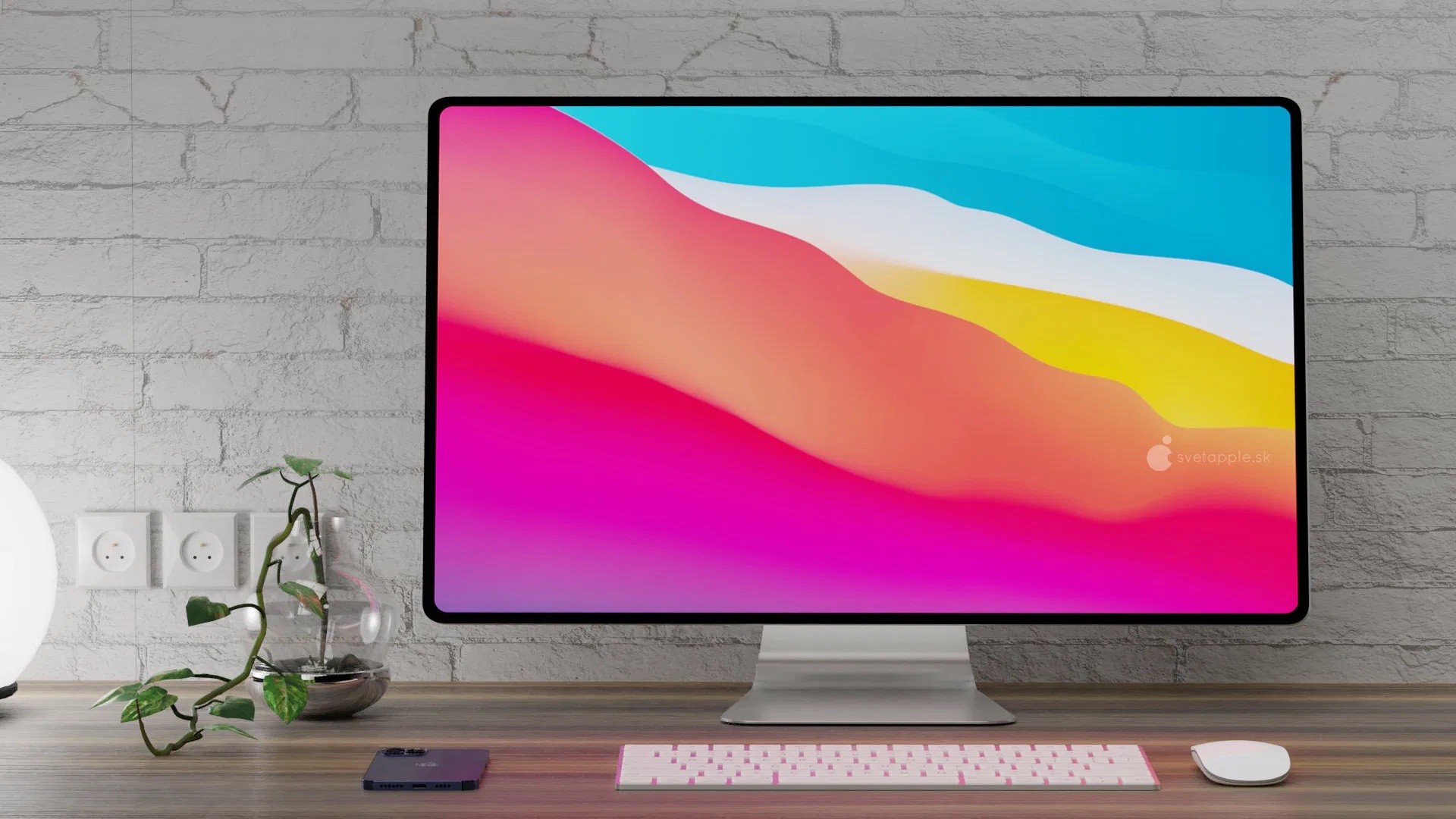
Planned facilities
There is no known date when Apple should present its new product to us. It is assumed that it will hold a spring event in March, at which a redesigned MacBook Air, modeled after the 24" iMac, could appear, which could already contain the new chip. But it could also be the first 13" MacBook Pro, or even a Mac mini, or even an iPad Pro, although that is the least likely. The novelty would also make sense for a larger version of the iMac.
Since Apple should also show us the 3rd generation iPhone SE and the new iPad Pro in this period, it is quite possible that the computers will not be available at all and we will not see them until the 3rd quarter of the year. This is quite possibly also because, even if the production process remains at 5 nanometers, Apple will use the new generation of TSMC's N4P process, which is its improved version (but the production should not start until the second quarter). This new process is said to deliver around 11% more performance and almost 22% more efficiency compared to the regular 5nm process used for the A15, M1, M1 Pro and M1 Max. We should not expect the M2 Pro and M2 Max chips until 2023.
 Adam Kos
Adam Kos 